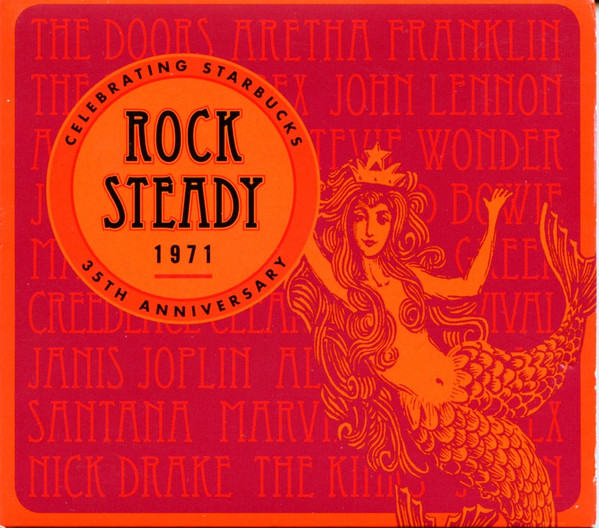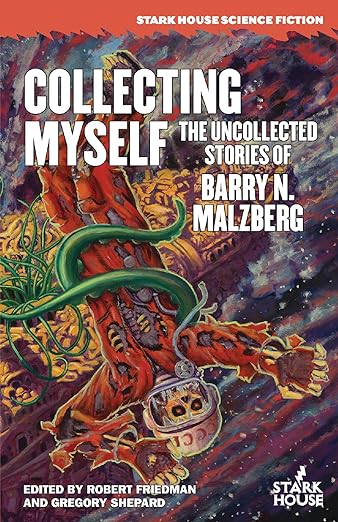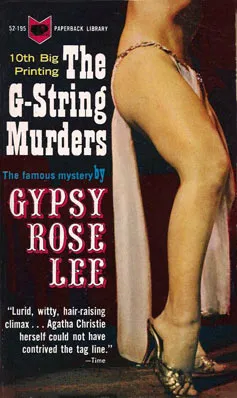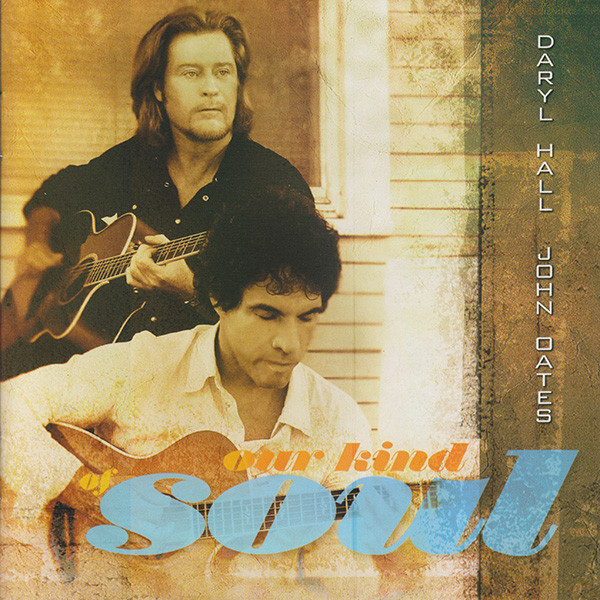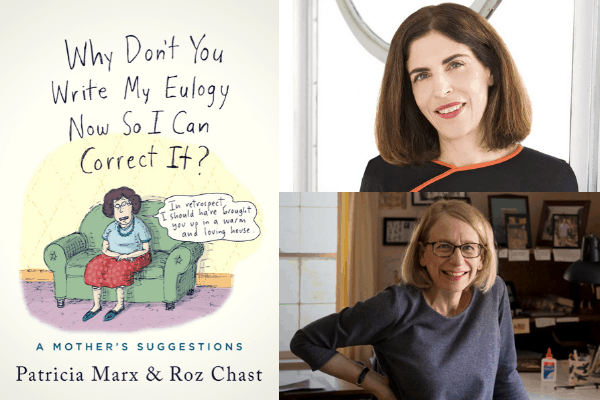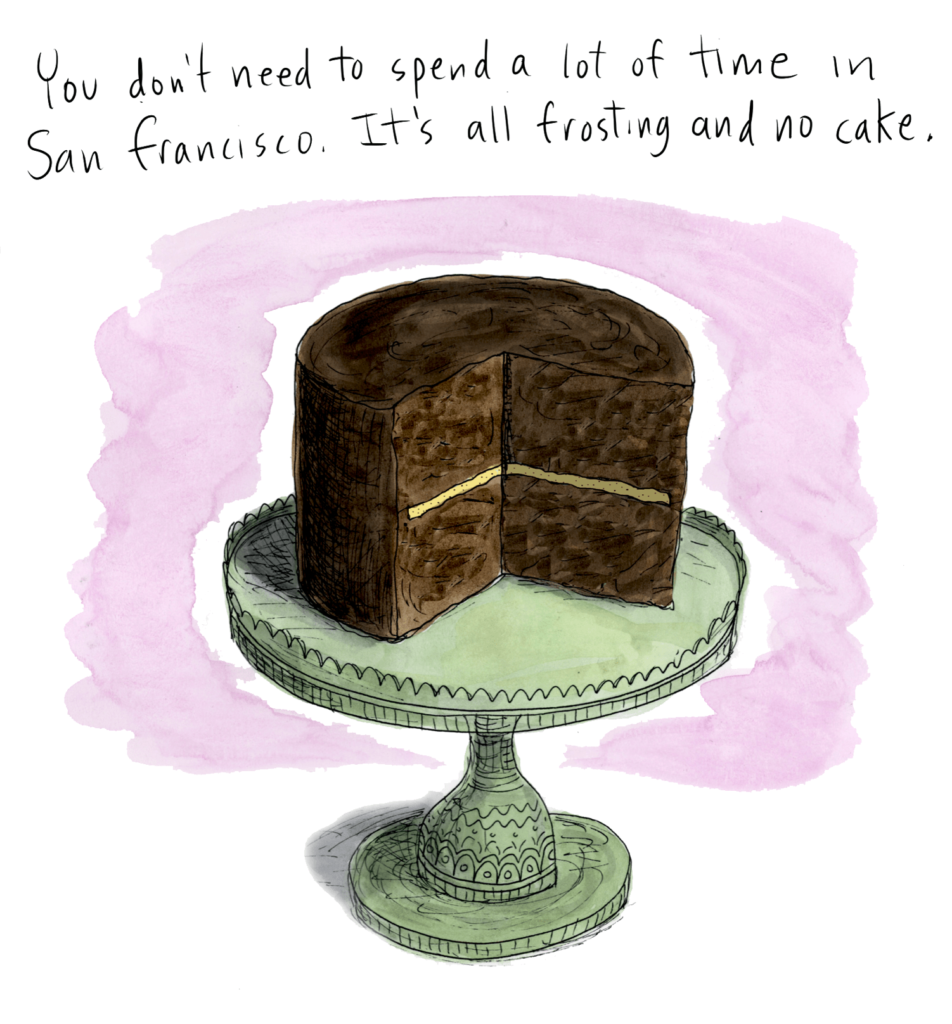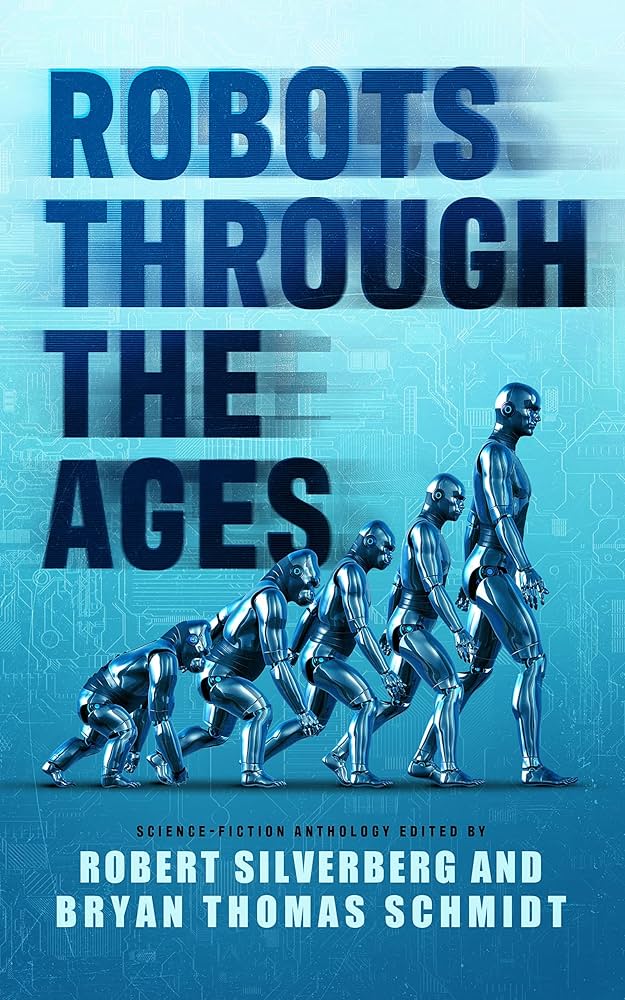
From Greek myths to Ambrose Bierce’s tale of a chess-playing machine, to Karel Capek’s R.U.R. where the word “robot” first appeared, the stories in Robots Through the Ages (2023) present a chronological approach to showing how the concept of robots evolved over time. Robert Silverberg’s “Introduction” presents a clear delineation of the progression of robots in Science Fiction stories. The stories in Robots Through the Ages–other than the three newly published stories–appear in chronological order. Reading an early classic like Jack Williamson’s “With Folded Hands” from 1947 and comparing it to Silverberg’s “Good News From the Vatican” from 1971 shows the growth and enrichment of the idea of “robot.”
The original stories in this volume are Seanan McGuire’s “Perfection,” Ken Scholes’s “Of Homeward Dreams and Fallen Seeds and Melodies by Moonlight,” and Martin L. Shoemaker “Today I Know.”
Yes, Silverberg included some classics like “Good Night, Mr. James” from Clifford D. Simak’s City, “Second Variety” by Philip K. Dick, and Roger Zelanzy’s “For a Breath I Tarry.” But you’ll find some not so familiar stories like Connie Willis’s “Dilemma,” Brenda Cooper’s “The Robot’s Girl,” and “That Must Be Them Now” by Karen Haber.
I’ve always been fond of robot stories ever since I read Isaac Asimov’s I, Robot. If you share my enthusiasm for robot stories, you’ll really enjoy Robots Through the Ages! GRADE: A
TABLE OF CONTENTS:
INTRODUCTION by Robert Silverberg — 1
PERFECTION by Seanan McGuire — 11
MOXON’S MASTER by Ambrose Bierce — 29
WITH FOLDED HANDS by Jack Williamson — 45
GOOD NIGHT, MR. JAMES by Clifford D. Simak — 109
INSTINCT by Lester del Rey — 139
A BAD DAY FOR SALES by Fritz Leiber — 161
SECOND VARIETY by Philip K. Dick — 175
THE GOLEM by Avram Davidson — 241
FOR A BREATH I TARRY by Roger Zelazny — 253
GOOD NEWS FROM THE VATICAN by Robert Silverberg — 303
DILEMMA by Connie Willis — 319
THE ROBOT’S GIRL by Brenda Cooper — 347
THAT MUST BE THEM NOW by Karen Haber — 287
R.U.R.-8? by Suzanne Palmer — 411
ROBINSON CALCULATOR by Paul Levinson — 449
OF HOMEWARD DREAMS AND FALLEN SEEDS AND MELODIES BY MOONLIGHT by Ken Scholes — 489
TODAY, I KNOW by Martin L. Shoemaker — 515
AFTERWARD & RECOMMENDED READING by Bryan Thomas Schmidt — 537
ACKNOWLEDGEMENTS — 543
PUBLICATION CREDITS — 545
EDITOR BIOGRAPHIES — 549
CONTRIBUTOR BIOGRAPHIES — 551
